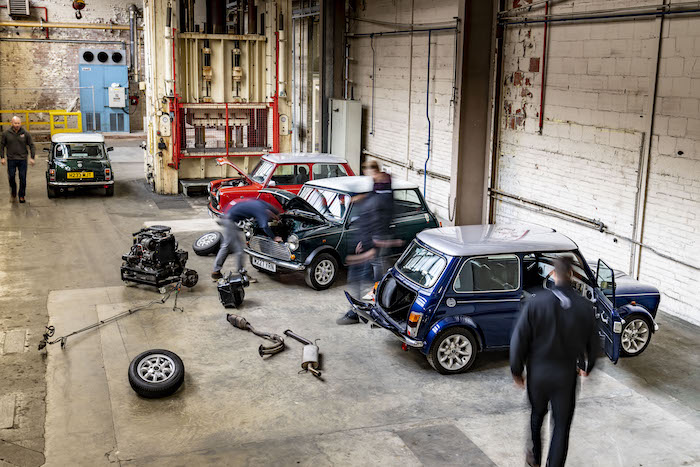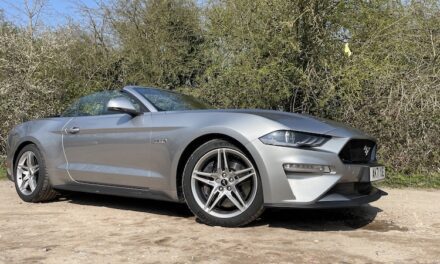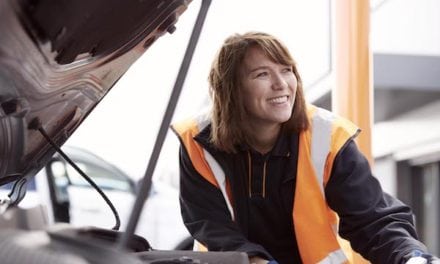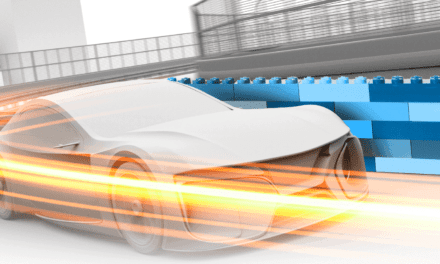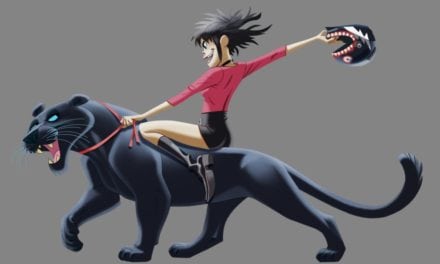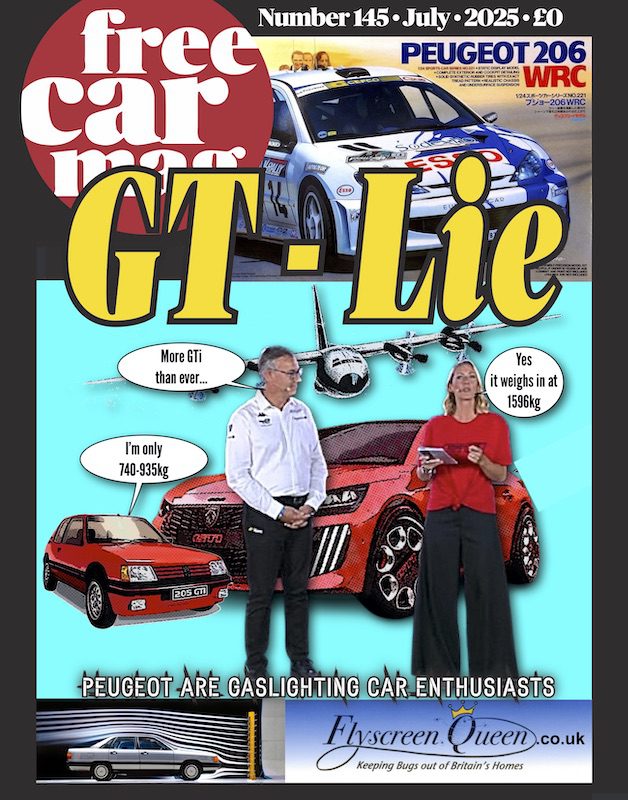No price, no picture of the installation and the range is in kilometres, It’s not too late for BMW to reconsider this idiotic, virtue signalling mini mistake. Free Car Mag deconstructs what the Germans said…Our comments are in italic bold type.
Originating from a dedicated team at MINI Plant Oxford, sustainable driving is now being created in a classic car. An electric motor for the original Mini combines tradition with pioneering technology – all in the spirit of circular economy.
Ahh the circular economy, this is an idea which originates with the World Economic Forum, ‘The Circular Cars Initiative (CCI) is a private/public sector collaboration focused on leveraging new technologies and business models to align the automotive industry with a 1.5C climate scenario.’
‘Inefficient utilization of cars is also a problem. Privately-owned vehicles are only in use about 5% of the time, and even then, they tend to operate at low passenger capacity’
Translated The World Economic Forum want more complicated unaffordable cars and
would prefer it if you didn’t drive so much and shared a bus. So for the circular economy to work it would need more electric minis. This would take what are still buyable first classics, out of the market and only letting those who can pay an inflated price (whatever that will be) for a vehicle they won’t use much.
If Alec Issigonis could design the classic Mini again today, the iconic small car would have an electric motor. The original launched in 1959, created during an oil crisis and based on the idea of saving fuel and transporting four occupants and their luggage in the smallest possible footprint. Today, MINI remains connected to the design principles of Issigonis with its creative use of space and driving fun. The MINI Recharged project is an opportunity to continue telling the story of the classic Mini in the 21st century, in a sustainable way.
Issigonis was a very intelligent man. He would have seen through the electricity car scam. The environmentally unfriendliness of mining batteries and the poor energy density of the system would have him questioning such a system. Going back to the projects like the 9X prototype, he considered different means of propulsion including steam. The mini was designed as a car for the people and whatever price BMW end up selling it for this it is going to be too high, especially for the minimum wage worker who needs to reach their 5am shift, because there isn’t a bus or train.
The electric conversion of classic Minis combines traditional values with future- oriented technology. The idea was born even before the brand had the MINI Electric on offer (electricity consumption combined:17.6 – 15.2 kWh/100 km according to WLTP; CO2 emissions combined: 0 g/km.). A one-off, classic Mini Electric was built in 2018 and presented at the New York Auto Show. The reactions were so positive that a dedicated team from MINI Plant Oxford set to work and developed the plan to make a corresponding offer available to customers who own a classic Mini.
To experience traditional go-kart handling with an emission-free drivetrain, the original petrol engine of the classic Mini is replaced by a modern electric drive. During the conversion, MINI Recharged makes reversible changes to the substance of the vehicle. Careful handling of the car’s historical heritage is an important part of the concept. This makes it possible to restore the classic Mini to its original condition at a later date. During the conversion, the original engine of each vehicle is marked and stored so it can be reused in the event of a future retrofit of the classic Mini.
That’s very nice of them, but it will only be a classic when it is in original condition.
Bernd Körber, Head of the MINI Brand said, “What the project team are developing preserves the character of the classic Mini and enables its fans to enjoy all-electric performance. With MINI Recharged, we are connecting the past with the future of the brand.”
The MINI Recharged project means a vehicle’s life can be extended in a sustainable way. A classic Mini can now be given a new lease of life, accompanying its owner into the future, whilst maintaining its much-loved heritage. The drive is a modern electric motor that generates a continuous output of up to 90 kW and accelerates the electrified classic Mini from zero to 100 km/h in approximately nine seconds. The energy is supplied by a high-voltage battery, which can be charged with an output of up to 6.6 kW and enables a predicted range of around 160 kilometers. In addition, every electrified classic Mini from MINI Recharged receives the characteristic central instrument cluster, which now displays the drive temperature, the selected gear, range and speed.
That is quick enough (an 850cc mini would struggle to 60mph in 30 seconds) and presumably the brakes will be upgraded to cope. It is interesting that the projected range is published in kilometres. That 160 converts to pretty much 100 miles. Many might argue that is more than enough, but an old 850cc mini would do around 40mpg and that tiny five and half gallon tank would in theory do a comfy couple of hundred miles before needing a refill. That will take maybe 5 minutes tops. And the Recharged electricity one will involve a rather longer stop. Maybe that doesn’t matter because it is unlikely to be used like a real car.
MINI Recharged fans gain a whole new driving experience; a silent drivetrain with instant acceleration and the ability to enter the electric or low-emission driving zones of many large cities, otherwise inaccessible with a combustion engine. For example, the electric classic Mini can drive in Oxford Street or Piccadilly Circus in London, without the driver having to pay congestion charge. In addition, the classic conversion does not need a new registration.
MINI Recharged fits seamlessly into the brand’s future strategy, which also includes the aspect of circular economy. For this project, no new vehicles are being produced, instead they are being created from much-loved, existing cars. It allows a classic Mini to begin a second, more sustainable life. Today, one in five new MINI models has an electrified drive. Now, the MINI Recharged project will allow the brand’s classic vehicles to become an experience of the future, whilst still bringing joy from the past.
The fact that the original mini has survived so long, although inevitably there will be rust, is proof that a genuine petrol powered old car is the most environmentally responsible way to run any vehicle. This is Classic Bangernomics.
The bespoke upcycling of the classic Mini is carried out exclusively in the United Kingdom. Each converted vehicle is given an individual number, making it unique.
Yes they will be unique, but ‘upcycled’ is taking it a bit too far. The motor might be durable, but the battery system will always have a finite life.
Sebastian Beuchel, Head of MINI Global Brand Management said, “Individuality also plays an important role with MINI Recharged. Unique classic Mini models have always been created, including true works of art on wheels. That’s why future collaborations are also planned as part of the MINI Recharged programme, allowing well-known artists to express their creativity with specially designed classic Mini models.”
Artists. Issigonis and John Cooper were the only true artists involved with the mini and indeed they were genius level.
Free Car Mag reserves final judgement until we know the price and maybe have a drive. If that includes restoration it isn’t going to be £9999.

